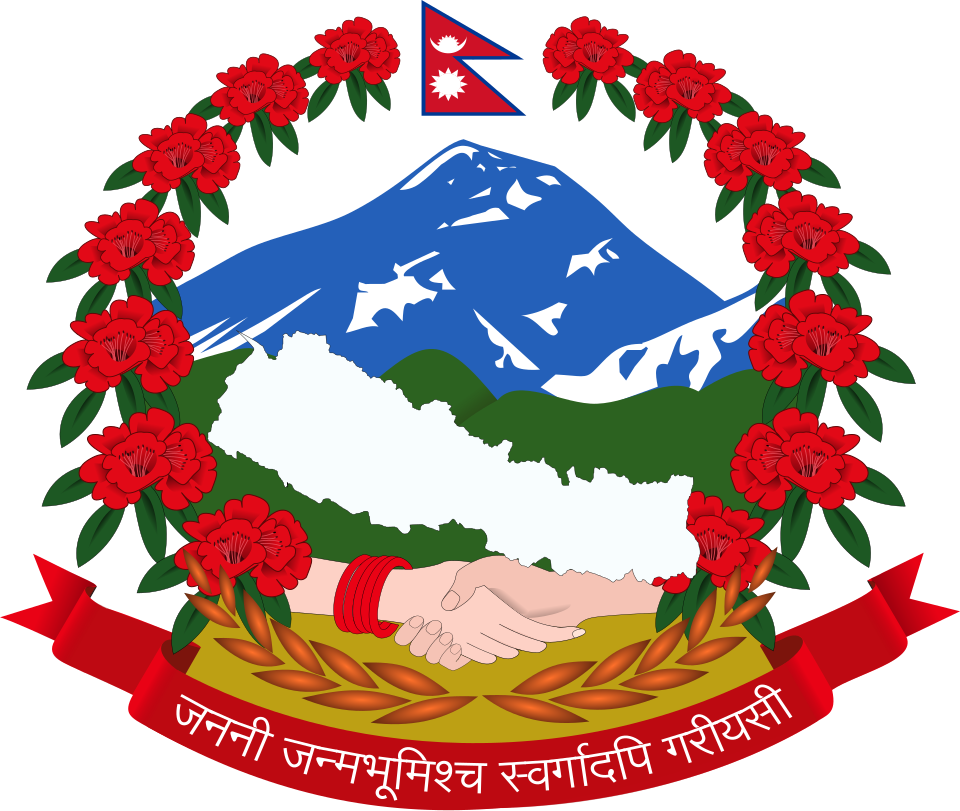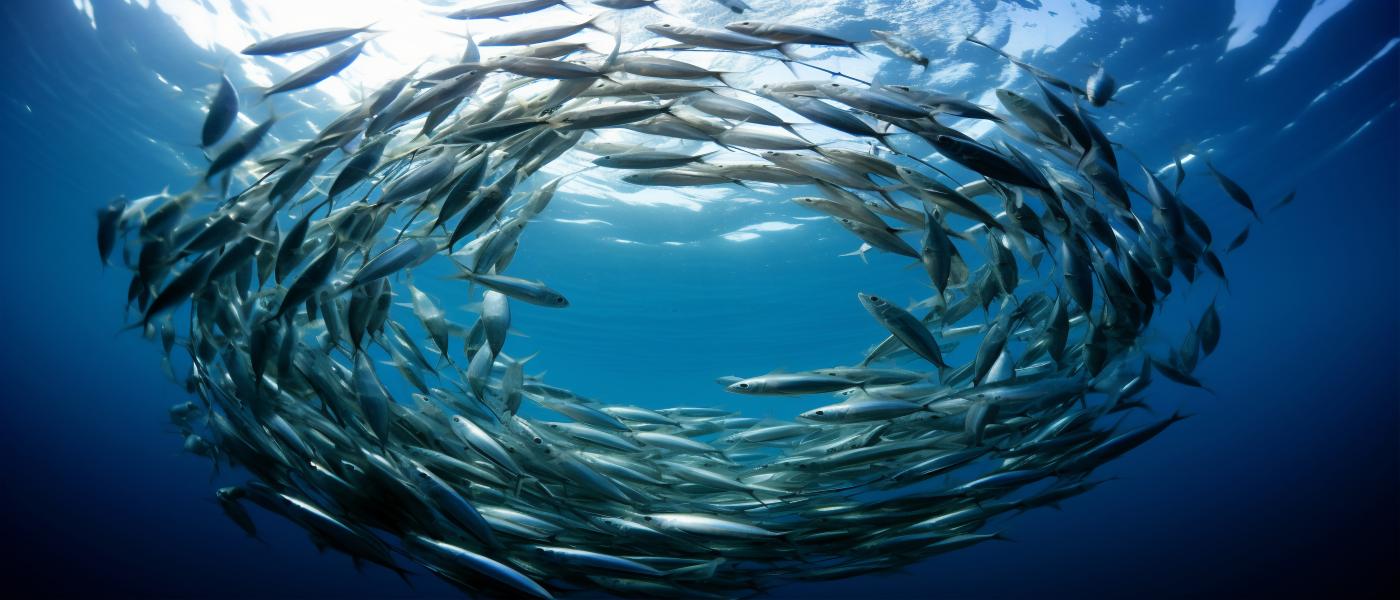1. Launch and Community Engagement
The MaWRiN Project—Managing Watersheds for Enhanced Resilience of Communities to Climate Change—was officially launched in Sindhuli District on February 11, 2025, backed by the Global Environment Facility and WWF, in partnership with federal and provincial forest ministries thegef.org+13wwfnepal.org+13files.worldwildlife.org+13. Targeting the Marin watershed and its six sub‑watersheds (including Kyan Khola and Ghagar Khola), the initiative engages local municipalities—Kamalamai, Marin, Hariharpur Gadhi, and Ghyanglekh—across 18 wards, home to over 63,000 predominantly indigenous people wwfasia.awsassets.panda.org+5wwfnepal.org+5files.worldwildlife.org+5. Early stakeholder consultations emphasized integrating upstream–downstream linkages to address climate-related landslides, flooding, drought, and degraded water sources in this Churia-hill region files.worldwildlife.org+1wwfasia.awsassets.panda.org+1.
2. Nature-Based Solutions & Community-Led Restoration
MaWRiN is implementing nature‑based solutions (NbS) through community-driven actions. These include bio‑engineering to stabilize slopes, community forest management, restoration of springs and streams, and rehabilitation of degraded lands to enhance soil and water retention thegef.org+13wwfasia.awsassets.panda.org+13worldwildlife.org+13. Local user groups are trained in climate-resilient agriculture, livestock practices, and improved water management—from ponds and check-dams to revitalized springs—thus bridging traditional ecological knowledge with structured watershed planning wwfasia.awsassets.panda.org. Component 2 of the project specifically focuses on these interventions, piloted in vulnerable micro-watersheds and expanded based on initial successes.
3. Building Institutional Capacity & Inclusion
A key element of MaWRiN is capacity-building and multi-stakeholder coordination. Through the creation of watershed-level platforms, municipality planning support, and active participation from indigenous and marginalized communities, the project is institutionalizing climate adaptation within local governance wwfasia.awsassets.panda.org+1files.worldwildlife.org+1. It also embeds strong gender, equity, and inclusion measures—ensuring women, Dalits, and indigenous groups co-lead and benefit from interventions files.worldwildlife.org+1thegef.org+1. Component 3 emphasizes monitoring, evaluation, knowledge-sharing, and lesson documentation, all aimed at replicating successful NbS across similar Churia landscapes in Nepal facebook.com+6files.worldwildlife.org+6wwfasia.awsassets.panda.org+6.
Conclusion
The MaWRiN Project in Sindhuli exemplifies a holistic watershed restoration model: grounded in community leadership, powered by nature-based engineering, and reinforced through institutional collaboration and inclusive governance. As the six-year initiative progresses through 2030, sustained local ownership and evidence-based scaling will be key to resilience across Nepal’s vulnerable hill ecosystems.



